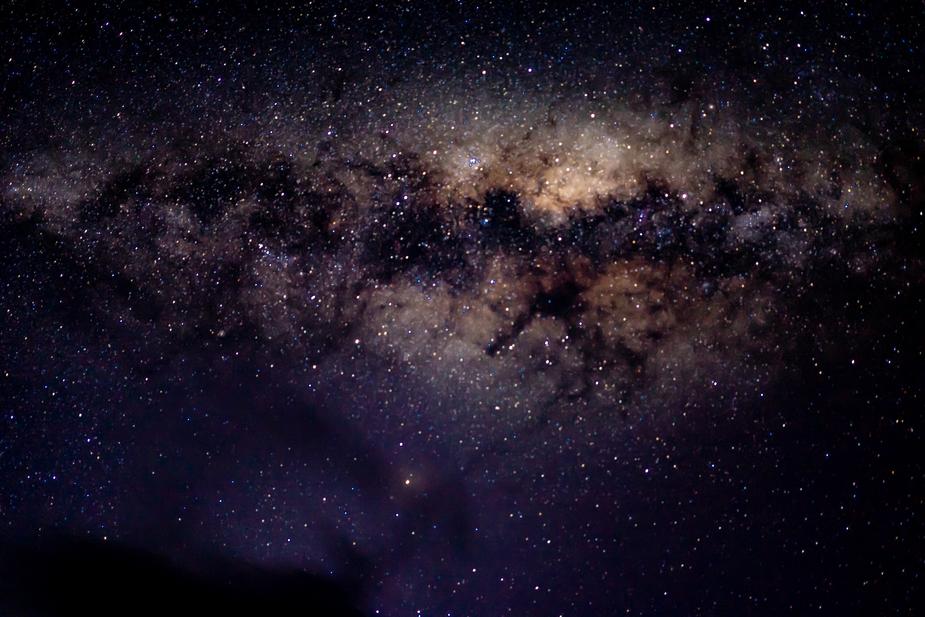
The ISO sensibility corresponds to your photo sensor senibility. It is part of the 3 essential settings to get a correct exposure with aperture and shutter speed .
The more the sensibility value is high, the more light your photo sensor will receive.
Most of the time sensibility can be set between a value of 50 and a few thousands ISO. Some camera supports extended ranges. For example Nikon D7500 (semi-professional camera) supports values from 100 ISO to 51200 ISO natively and from 50 to 1,64 millions ISO in extended mode.
Set the ISO sensibility
On some cameras the ISO sensibility can be directly set from a knob. On other ones, you’ll need to navigate in internal menu configurations to set it.
This setting can be modified in any configuration mode of your camera.
What are optimal setting values ?
Aperture allows to set the depth of field and shutter speed to play with motion. ISO sensibility will let you adjust the exposure to get the expected effects without affecting these two settings.
Let’s imagine you want a shallow depth of field and a long exposure time to capture slow motion. If you remember correctly, you are going to have to open your lens to make it bright (f / N with N low) and increase the exposure time. In this case, your aperture and shutter speed settings will go in the same direction and do not counterbalance each other. So to get a shot with a good exposure, you will need to lower the ISO sensitivity. If this is not enough, ND filters will be essential.
In general, regardless of your artistic spirit which will dictate your choices of balancing your exhibition, we generally recommend to use :
- an ISO sensitivity between 100 and 200 outdoors, well lit
- an ISO sensitivity of 400 in poorly lit outdoors (cloudy) or indoors without flash
- an ISO sensitivity of 800 in low light indoors
- higher sensitivity for photos at night or in very poorly lit environments
Adjusting the sensitivity will have a big impact on the colors in your photo :
- Increasing this value will better highlight dark lights and therefore their details and nuances
- On the contrary, decreasing this value will better highlight the details of the highlights on your shot
Sensitivity adjustment is not magic
Be careful, the sensitivity settings have a big black point : the noise they can introduce into your photo. This noise will be all the greater especially if your sensitivity adjustment is done digitally (remember this 1.64 million ISO) …
You must therefore avoid abusing this parameter and stay within the limits of the native support of your device. Otherwise, the quality of your photo may suffer.
Cover photo by Dakota Monk